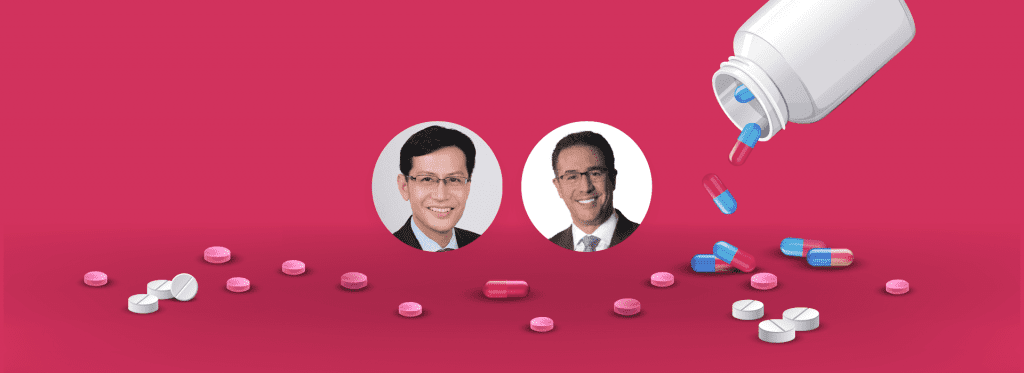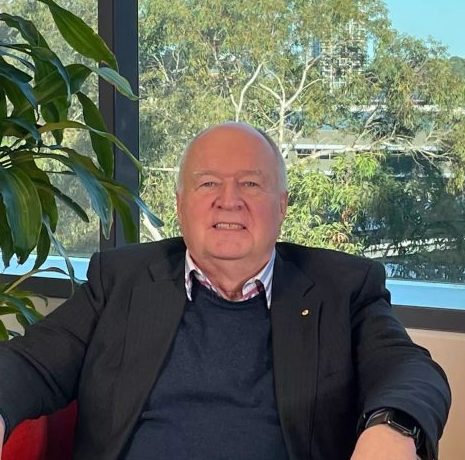NT-proBNP vs Cardiac medications
- Do heart failure drugs affect the NT-proBNP itself qualitatively?
Dr Januzzi: Certain therapies may change the amount of glycosylation in the amino-terminal portion of the biomarker, which may allow for differences in measurements as well as differences in processing, improving heart failure status. There is a lot to this that still needs better understanding.
- What should be the timing of initiation for SGLT2 inhibitors in patients with acute heart failure and how should Neprilysin inhibitors be used in acute heart failure with these two new therapies?
Dr Sim: There is an ongoing trial looking at the use of SGLT2 inhibitors in acute heart failure settings. The result should be out in a couple of years. In acute heart failure setting (like the design in PIONEER–HF trial), after the first 24 to 48 hours when the patient is stabilised in terms of the hemodynamic, blood pressure, is not on any inotrope and is taken off of the intravenous diuretics; importantly the acute kidney injury has been resolved, that’s when the drug can be started. It’s very common in Singapore to see a patient just before discharge getting the four pillars of beta-blocker, MRA, ARNi and SGLT2 inhibitor, because after discharge the patient is at a heightened risk of mortality and readmission within the next 30 days. Moreover, in the Asian setting as it is almost impossible to get a patient to come back within 30 days as the waiting list is very long, it is imperative to start the four drugs. It is very important to optimise the therapy that should protect them during the post-discharge vulnerable phase.
- Should we forget about symptoms and just use NT-proBNP as the way that we decide who gets an ARNi or who gets a SGLT2i?
Dr Sim: In practice, we should go with both symptoms and NT-proBNP. It is hard to ignore the symptoms. It does not cost a single cent to ask a patient for history; it is something very easy. NT-proBNP is mainly done for two reasons – One, beside symptoms, NT-proBNP gives us more information about the prognosis, because, especially in Asia, many patients tend to downplay the symptoms.
Sometimes patients live with heart failure for so many years that they now assume having a class II or class III functional status is normal. Sometimes the symptom can be a bit near subjective. That is when NT-proBNP can be very useful, a bit more objective, as we know that not all agents act on NT-proBNP equally. You can see that SGLT2i and ARNi seems to work differently across the different NT-proBNP quartile. As we look at the VICTORIA trial result, in terms of Vericiguat, it seems that only certain subgroups, less than 8000 pg/mL have a better response. More than 8000 pg/mL may not respond at all. So, it will be very useful in future the use of NT-proBNP subgroups, of which patient groups will benefit, because as you know, it’s not practical to make a patient take 7 or 8 different classes of drugs which we currently have. Streamlining will help to determine which patient will benefit the most. Nowadays, a very important aspect in many nations is cost-effectiveness. Now it is easier to justify why an expensive drug is prescribe for a patient.
- Is there a target for treatment for heart failure with reduced ejection fraction?
Dr Januzzi: For chronic heart failure with reduced ejection fraction, the target is less than 1000 pg/mL. Below a 1000 pg/mL value, indicates ventricular remodelling begins to improve. That would be the target for chronic ambulatory heart failure.
For inpatient heart failure management, there is a wide range of values in patients that are hospitalised. 30% change is the biological variation of NT-proBNP. In the inpatient setting, due to lack of time, NT-proBNP values below a 1000 pg/mL are difficult to obtain, but a 30% reduction is considered a good sign. In the office or outpatient setting an absolute hard target of 1000 pg/mL and below is recommended.
- How should we use NT-proBNP guided therapy and anticipate that NT-proBNP is augmented in patients with chronic heart failure and acute kidney injury?
Dr Sim : Most of the time in Singapore, when a patient is received from the emergency department, an NT-proBNP would have been done. ED physicians are very aggressive in ordering the NT-proBNP so that the results would be quick.
In the setting of pneumonia, acute kidney injury, they would definitely affect the NT-proBNP result. It is still useful to do it because it will provide a lot of information on the constant evaluation of the patient.
Dr Januzzi : . It is complicated because acute kidney injury can cause acute volume overload, which may cause increased NT-proBNP. In addition, the stress on the myocardium from the toxins that accumulate from worsening kidney function may cause troponin elevation, NT-proBNP rise from myocardial dysfunction. In addition, the kidneys are responsible for about 20 to 25% of NT-proBNP clearance. When a person develops AKI, NT-proBNP rises. That increase is very prognostic; although there are AKI patients in whom there is no increase in NT-proBNP that is also very reassuring.
Together with improving kidney function related to the use of sacubitril/valsartan and SGLT2 inhibitors, data from the DAPA-CKD study provides us, some tools that we can use to improve prognosis better and protect the kidney. In the CANVAS study in patients with acute kidney injury, in addition to NT-proBNP, other biomarkers were also examined, including IGF binding protein-7. It is a biomarker that belongs to the insulin-like growth factor-binding protein family. But, its main role is tissue remodelling in fibrosis. It is associated not only with heart failure but also kidney disease. The IGFBP-7 examined in the CANVAS study is found to be an incredibly powerful predictor of incident heart failure as well as incident chronic kidney disease progression.
Sacubitril/Valsartan shows the largest level of reduction of NT-proBNP. This probably is because of the fact that the way that the drug works is by enhancing other natriuretic peptides, probably ANP, which causes a reduction in NT-proBNP. The other therapy we use in heart failure that causes a dramatic reduction in NT-proBNP is cardiac resynchronisation therapy (CRT). Sacubitril/valsartan and CRT have a very substantial reduction associated with NT-proBNP.



















